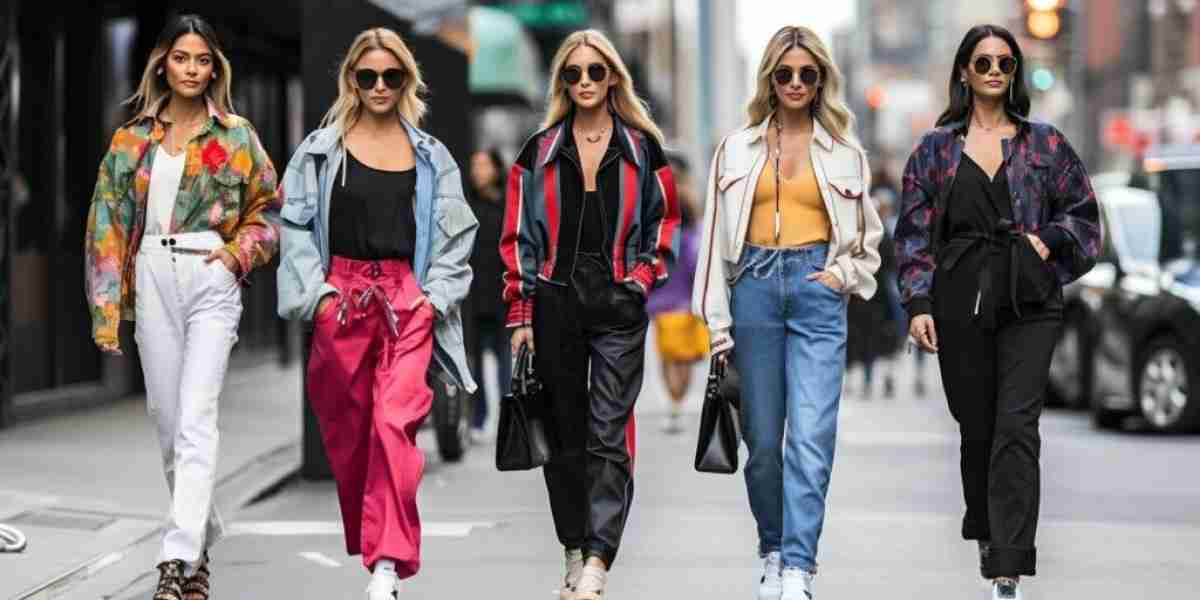In the ever-evolving world of fashion, streetwear has transformed from a niche subculture into a dominant global movement. Among the many brands shaping this landscape, Rhude stands out as a beacon of innovation, blending vintage Americana with modern luxury. Since its inception, Rhude has garnered a cult following, admired for its distinctive aesthetic, cultural relevance, and high-quality craftsmanship. This article delves deep into the history, style, influence, and future of Rhude clothing.
Origins and Founding Vision
Rhude was founded in 2015 by Rhuigi Villaseñor, a Filipino-American designer who grew up in Torrance, California. Villaseñor's unique cultural background and upbringing in Southern California’s rich street culture heavily influence the brand's identity. Before launching Rhude, Villaseñor worked in the fashion industry, gaining experience and insight that would later inform his approach to design.
Villaseñor’s vision was to create a brand that bridges the gap between streetwear and luxury fashion — a hybrid that respects the rawness of street style while elevating it with refined tailoring and premium materials. This philosophy positioned Rhude as a pioneer in the "luxury streetwear" category, a space increasingly dominated by consumers seeking authenticity without compromising quality.
The Aesthetic: A Fusion of Cultures and Eras
Rhude’s design language is instantly recognizable for its clever fusion of Americana, sportswear, and nostalgic vintage elements. It borrows heavily from classic 90s styles—think varsity jackets, graphic tees, and track pants—while injecting modern sensibilities. Villaseñor often incorporates graphic design and cultural motifs that reflect his multicultural heritage, blending Japanese street culture influences with Californian skater aesthetics.
A signature element of Rhude’s aesthetic is its use of bold logos, script branding, and hand-drawn graphics. For instance, the brand’s logo, often presented in a script font, evokes a nostalgic, retro feel that contrasts beautifully with the contemporary silhouettes it adorns. This interplay of past and present has become central to Rhude’s identity.
Rhude is also known for its innovative use of fabric and detail. From premium suede to soft jersey and technical fabrics, the brand ensures every piece balances comfort with luxury. This dedication to quality extends to limited-edition runs and unique dye techniques, giving Rhude garments a distinctive, one-of-a-kind appeal.
Breakout Moments and Collaborations
Rhude’s rise to prominence was rapid and bolstered by strategic collaborations and celebrity endorsements. Early on, the brand caught the attention of influential figures in music and entertainment, including Kanye West and Virgil Abloh, who helped elevate its status within the fashion community.
One of Rhude hoodie most iconic pieces, the Racing Stripe Pants, epitomizes its approach to blending classic sportswear with streetwear edge. This piece became a cultural staple and frequently appeared in music videos, social media, and street style photography.
Collaborations with established brands have further boosted Rhude’s profile. Notably, its partnership with Puma combined Rhude’s signature design with Puma’s athletic expertise, creating collections that seamlessly blend performance wear and high fashion. Such collaborations help Rhude expand its reach while reinforcing its core identity.
Impact on Streetwear and Luxury Fashion
Rhude’s success illustrates the ongoing dissolution of barriers between streetwear and high fashion. While brands like Supreme and Off-White laid the groundwork for streetwear’s ascendance, Rhude represents the next evolution — a brand that appeals to both streetwear enthusiasts and luxury consumers.
This crossover appeal is partly due to Rhude’s emphasis on craftsmanship and exclusivity. Unlike mass-market streetwear brands, Rhude focuses on limited production runs, ensuring scarcity and desirability. Additionally, Villaseñor’s design sensibility caters to individuals who want to express cultural identity through clothing without sacrificing sophistication.
Rhude has influenced how luxury houses approach streetwear collaborations and how streetwear brands incorporate premium materials and tailoring. It exemplifies a new paradigm where authenticity, heritage, and luxury coexist harmoniously.
Community and Cultural Resonance
Beyond its aesthetic and commercial success, Rhude resonates culturally. The brand’s storytelling emphasizes diversity, multiculturalism, and the celebration of subcultures. Villaseñor openly embraces his Filipino roots, frequently highlighting the importance of representation in fashion.
Rhude also connects deeply with youth culture, especially in Los Angeles and other urban centers where streetwear thrives as a form of self-expression. By blending elements from different communities — skaters, hip-hop artists, athletes — Rhude fosters inclusivity while maintaining a strong, distinctive identity.
Social media has played a pivotal role in amplifying Rhude’s voice. The brand’s Instagram presence, for example, combines high-fashion photography with candid behind-the-scenes glimpses, music, and art, creating an immersive lifestyle experience for followers.
Challenges and Criticisms
Like any brand that gains rapid popularity, Rhude Shorts faces its share of challenges. Critics sometimes point to the high price point, which limits accessibility for many streetwear fans. While the brand’s premium positioning is intentional, it raises questions about exclusivity versus inclusivity in contemporary fashion.
Additionally, some purists question the blending of streetwear and luxury, arguing that it risks diluting the authenticity that made streetwear revolutionary. However, Villaseñor’s consistent storytelling and commitment to cultural roots help Rhude maintain credibility within these debates.
Looking Ahead: The Future of Rhude
Rhude continues to evolve, expanding into new product categories such as footwear and accessories. Villaseñor has expressed ambitions to build Rhude into a full-fledged lifestyle brand that extends beyond apparel into art, music, and experiential ventures.
Sustainability is another emerging focus. As with many modern fashion brands, Rhude is exploring ways to reduce environmental impact without compromising quality. This could involve adopting sustainable materials, ethical manufacturing practices, and circular business models in the coming years.
Moreover, Rhude’s influence is likely to inspire more designers from diverse backgrounds to enter the luxury streetwear space, broadening the narrative around fashion and identity.
Conclusion
Rhude is much more than just a clothing brand — it is a cultural phenomenon that captures the zeitgeist of modern fashion. By combining heritage, high-quality craftsmanship, and street culture, Rhude has carved a unique space in a crowded marketplace. Its rise reflects broader shifts in fashion where boundaries blur, and authenticity is prized above all.







